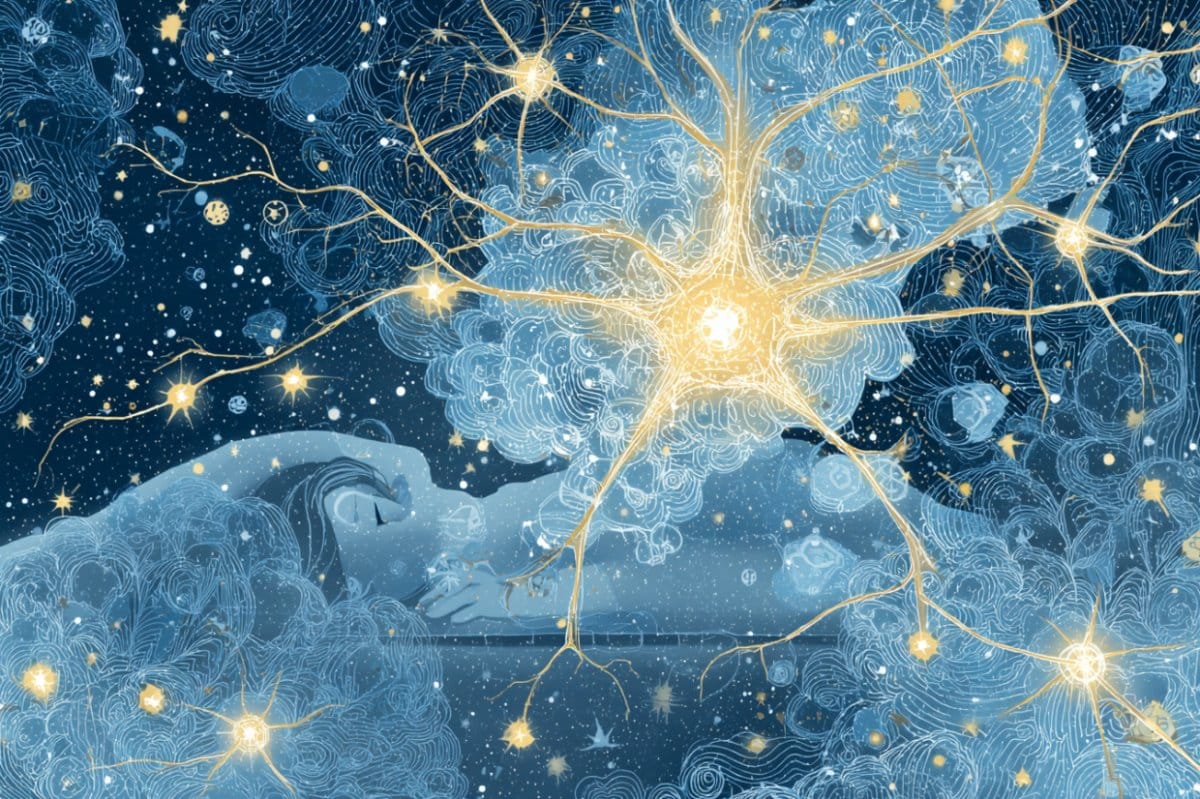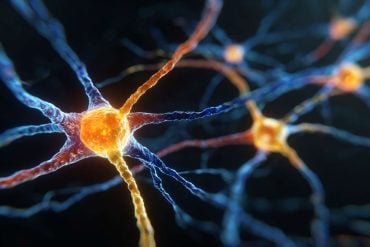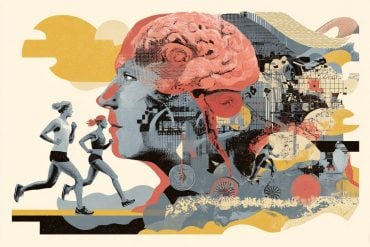Summary: New research reveals how synaptic connections in the cerebral cortex can strengthen during sleep, offering insight into how the brain continues learning even while we rest. Using computer simulations, researchers demonstrated that synaptic activity during sleep follows known “synaptic learning rules” when neural activity reaches specific thresholds.
This means that under certain conditions, learning can occur during sleep—a concept long speculated but now theoretically supported. The findings may also shed light on sleep-related brain disorders and pave the way for new strategies in cognitive health and memory enhancement.
Key Facts:
- Sleep-Driven Plasticity: Synaptic strength can increase during sleep if certain activity thresholds and learning rules are met.
- Theoretical Sleep Learning: The study predicts conditions under which “sleep learning” is scientifically plausible.
- Clinical Relevance: Insights could inform understanding and treatment of sleep-linked brain disorders like neuropsychiatric diseases.
Source: Japan Science and Technology Agency
In the cerebral cortex, numerous neurons exchange information through junctions known as synapses. The strength of each synaptic connection changes depending on the activity levels of the neurons involved, and these changes are thought to form the basis of learning and memory.
There are several established principles governing the relationship between neuronal activity patterns and changes in synaptic strength, referred to as “synaptic learning rules” (1).
Although it is well known that sleep plays a crucial role in learning and memory, how synaptic connections are altered during sleep has remained unclear.
A research group led by Professor Hiroki Ueda of the Graduate School of Medicine, The University of Tokyo, has demonstrated that the strength of synaptic connections in the cerebral cortex during sleep changes depending on synaptic learning rules and the level of neuronal activity during sleep.
They revealed that it was possible to theoretically predict the conditions under which “sleep learning (2) ” may occur.
The researchers used computational simulations to reproduce the activity of neural networks composed of various types of interconnected neurons, and they investigated changes in synaptic connections during the neural activity observed in the sleep-wake states.
These results showed that synaptic connections in the cerebral cortex are strengthened during sleep when specific levels of neural activity were accompanied by typical synaptic learning rules.
This finding clarified the conditions under which synaptic strengthening can occur even during sleep, thereby enabling theoretical predictions of when “sleep learning” is possible.
Based on these predictions, these insights are expected to lead to a deeper understanding of the relationship between sleep, learning and memory.
Moreover, they may contribute to elucidating the mechanisms of brain disorders associated with sleep disturbances, such as neuropsychiatric conditions.
These findings were published in the online version of the American scientific journal PLOS Biology on June 12, 2025.
This result was achieved in the Ueda Biological Timing Project, a research area of the Exploratory Research for Advanced Technology (ERATO) by the Japan Science and Technology Agency (JST). Under this project, JST pursues “systems biology for understanding humans” using the sleep-wake rhythm as a model system and aims to understand information on “biological time,” which transcends from molecules to individual humans livingin society.
Notes:
Rules that describe how the strength of synaptic connections between neurons changes depending on the timing and frequency of neural activity. Examples include Hebbian rule and spike-timing-dependent plasticity (STDP).
The enhancement of memory and learning performance through the organization and integration of new information by the brain during sleep.
About this sleep and learning research news
Author: Satomi Kobayashi
Source: Japan Science and Technology Agency
Contact: Satomi Kobayashi – Japan Science and Technology Agency
Image: The image is credited to Neuroscience News
Original Research: Open access.
“A unified framework to model synaptic dynamics during the sleep–wake cycle” by Hiroki Ueda et al. PLOS Biology
Abstract
A unified framework to model synaptic dynamics during the sleep–wake cycle
Understanding synaptic dynamics during the sleep–wake cycle in the cortex is crucial yet remains controversial.
The synaptic homeostasis hypothesis (SHY) suggests synaptic depression during non-rapid eye movement (NREM) sleep, while other studies report synaptic potentiation or synaptic changes during NREM sleep depending on activities in wakefulness.
To find boundary conditions between these contradictory observations, we focused on learning rules and firing patterns that contribute to the synaptic dynamics.
Using computational models considering mammalian cortical neurons, we found that under Hebbian and spike-timing dependent plasticity (STDP), wake-like firing patterns decrease synaptic weights, while sleep-like patterns strengthen synaptic weights.
We refer to this tendency as Wake Inhibition and Sleep Excitation (WISE).
Conversely, under Anti-Hebbian and Anti-STDP, synaptic depression during NREM sleep was observed, aligning with the conventional synaptic homeostasis hypothesis.
Moreover, synaptic changes depended on firing rate differences between NREM sleep and wakefulness.
We provide a unified framework that could explain synaptic homeodynamics under the sleep–wake cycle.







